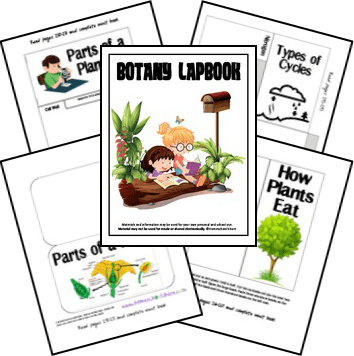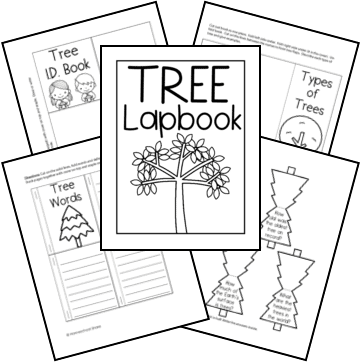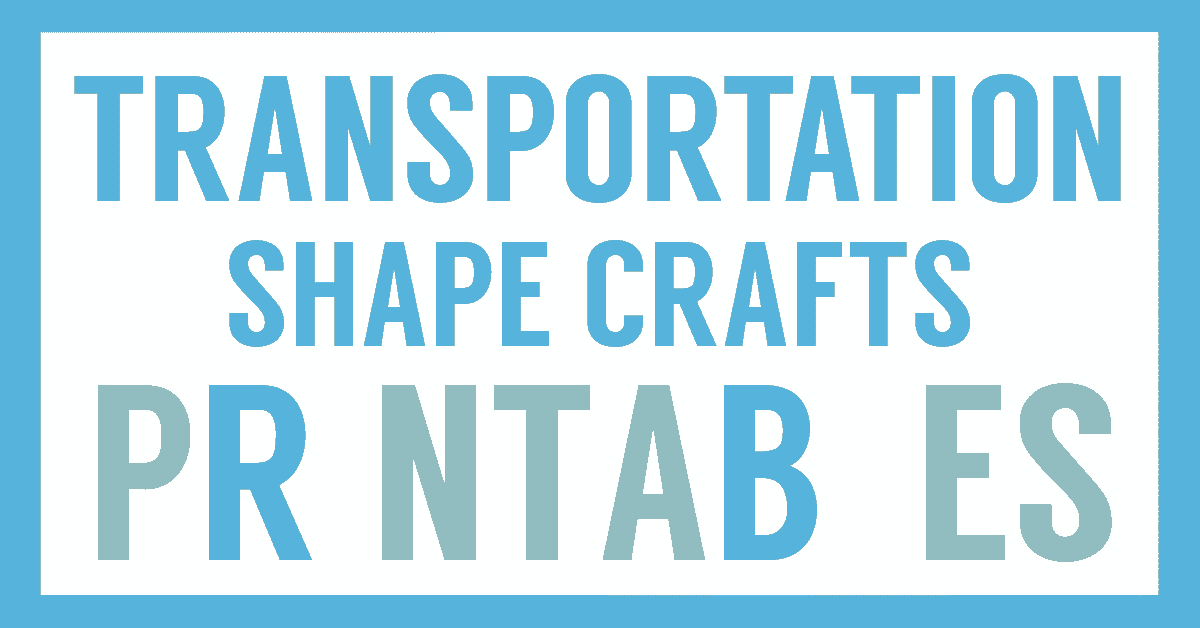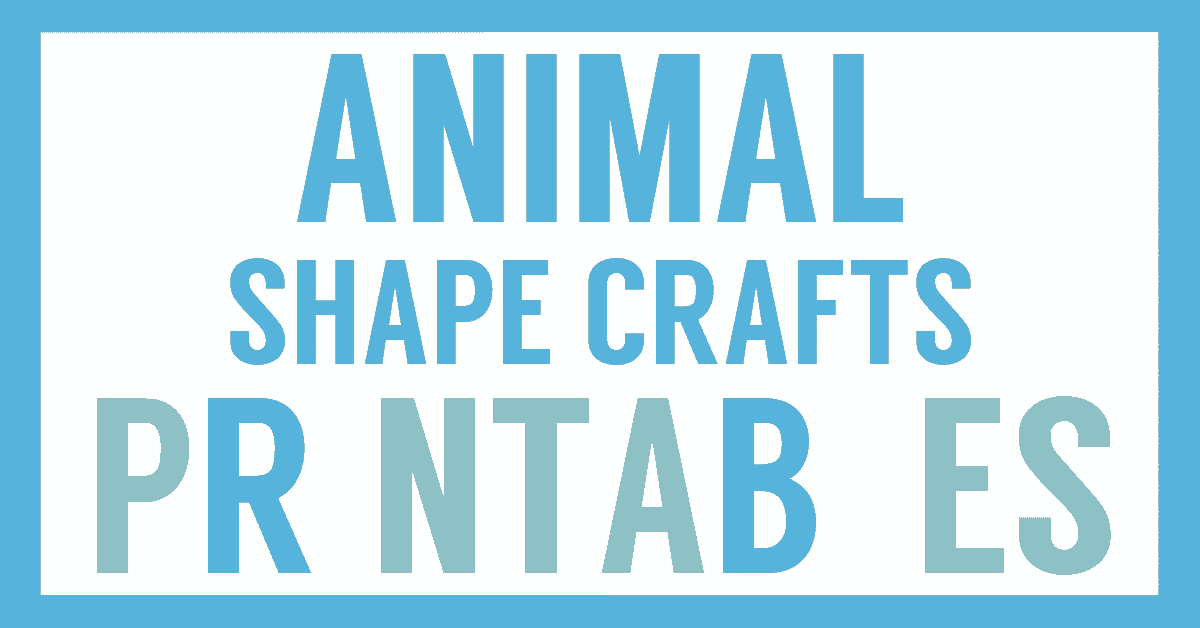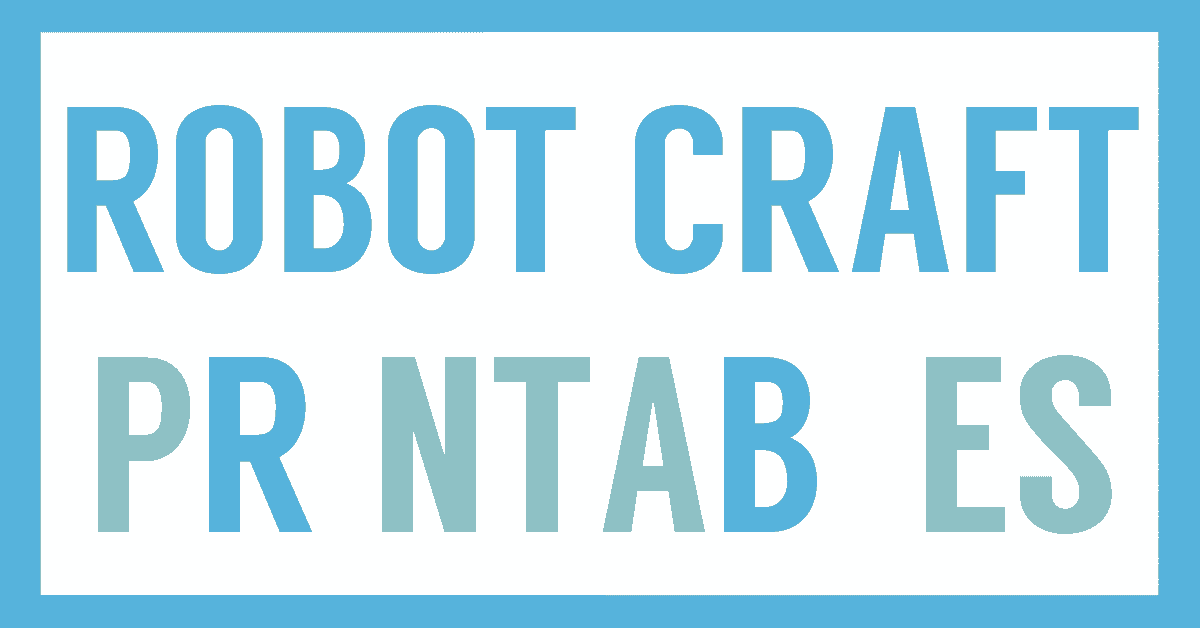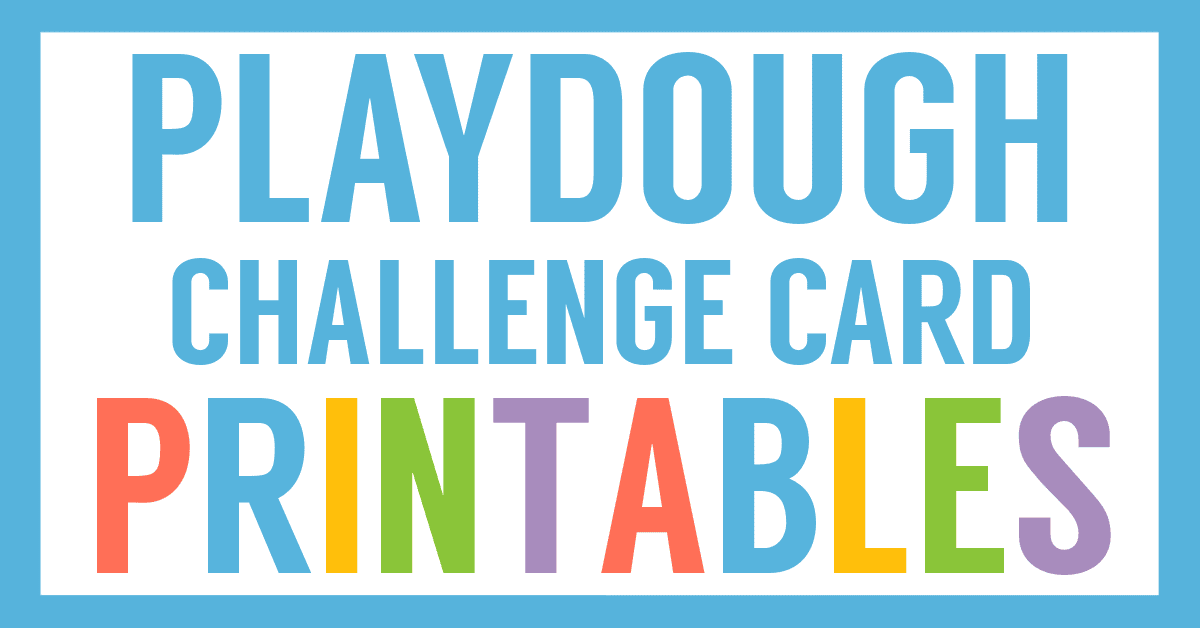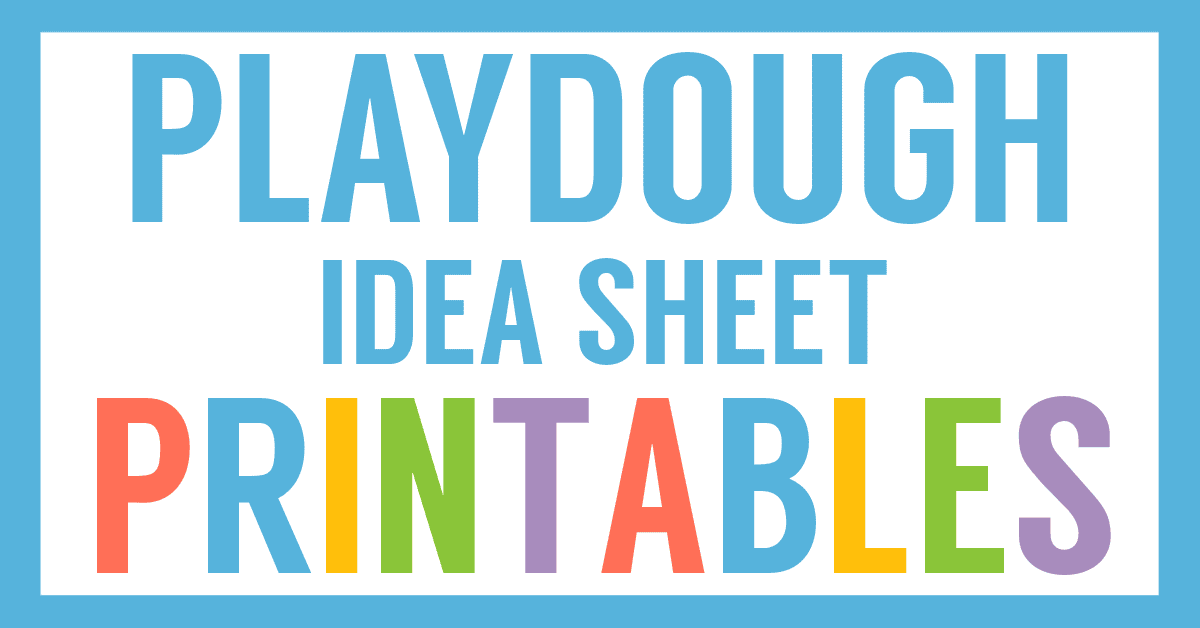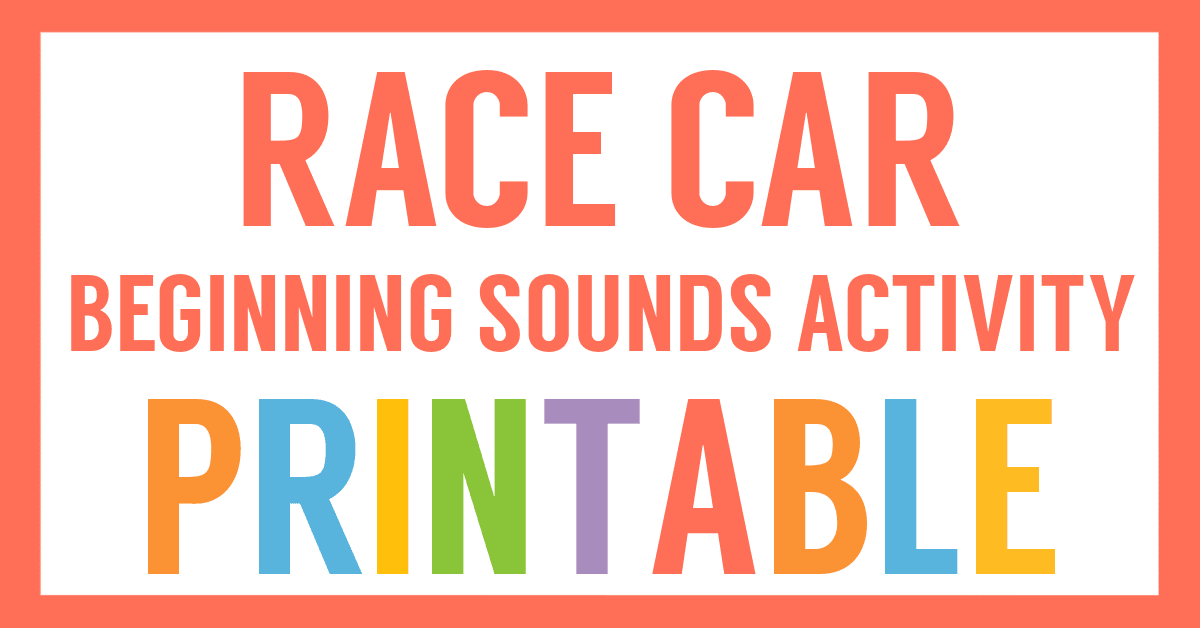Affiliate Disclaimer
We sometimes use affiliate links in our content. This won’t cost you anything, but it helps us to keep the site running. Thanks for your support.
Is dirt important? How is it made? What can you find in the dirt? Answer these questions and more as your student works through our Soil Notebook Pages.
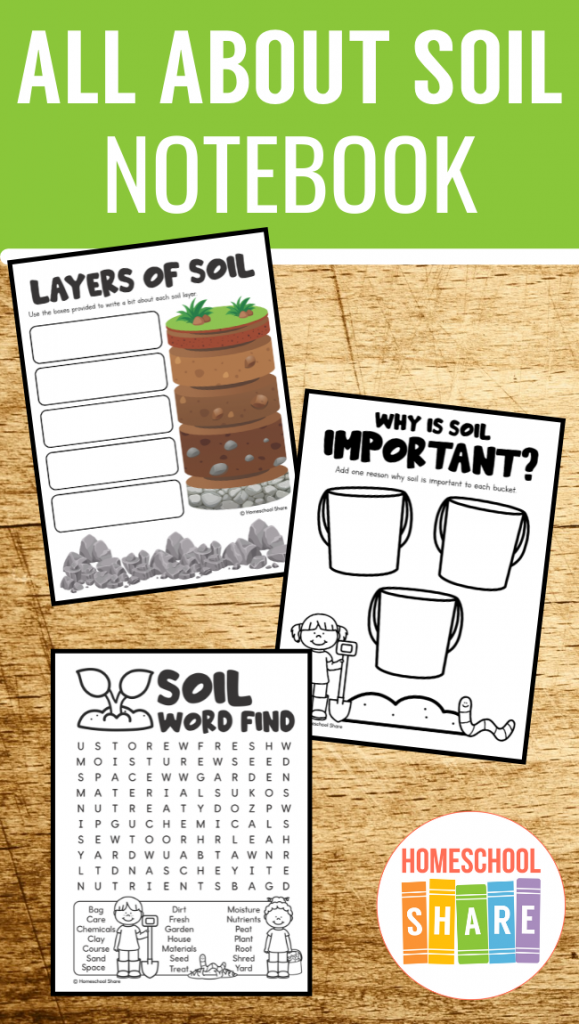
What’s Included in the Soil Notebook Pages?
You’ll find a variety of activity pages and worksheets in the Soil Notebook Pages.
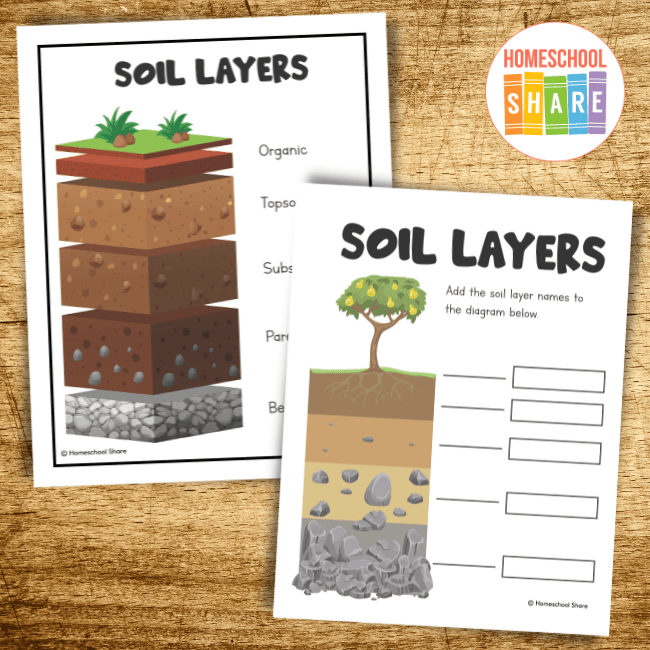
- All About Soil Notebook Cover
- Soil Layers Diagram
- Label the Soil Layers (without explanations)
- Label the Soil Layers (with explanations)
- Layers of Soil Worksheet (add facts about each layer)
- New Words About Soil Activity Page
- Soil Investigation Activity Page
- Why Is Soil Important? Notebook Page
- How Does Soil Form? Notebook Page
- Soil Word Find
Learning About Soil
What Is Soil?
Soil is a complex mix of minerals, plant and animal matter, and microorganisms. It is the ground where all life begins.
Why Is Soil Important?
Soil is a foundation of life, and it is important to keep it healthy for future generations. Soil provides food for plants, animals, and people. It is important to care for the soil to insure that we have healthy food to eat.
It is home to many insects and worms that are an important part of
Soil has many beneficial properties, including water retention, temperature regulation (soil absorbs heat during the day and releases it at night), and air purification.
Layers of Soil
There are five layers of soil:
Organic Layer
The organic layer is the first layer of soil. It is where most of the plant life on Earth can be found. It is also where all the decomposing plant and animal matter from the topsoil and subsoil layers ends up. Common plants that live in this layer include grasses, herbs, mosses, and flowers.
Topsoil Layer
The topsoil layer is a mixed layer of dirt and humus that resembles a sponge with air pockets. This is because it has loose soil particles that are good at absorbing water and nutrients from rain or runoff water such as rivers or streams. This dark, rich soil makes it an excellent place for plants to grow because they can easily get what they need to grow from the soil in this area.
Subsoil Layer
The subsoil layer consists of minerals and only a small amount of humus. A few plant roots will be found in this layer but not many.
Parent Material Layer
The parent material layer is the layer that contains bedrock, sandstone, limestone, or shale. This rock has been slightly weathered.
Bedrock Layer
The bedrock layer is the final layer; it consists of igneous and metamorphic rocks. The bedrock’s function is to support topsoil, plants, and humans without breaking down over time.
Without a stable bedrock layer, erosion would be very high because water would flow through the rock instead of through the dirt. This means that without this important rock (igneous and metamorphic) we wouldn’t have a stable terrain that we live on today!
How Does Soil Form?
Four factors determine how soil forms.
- Living Organisms (what plants, animals, and fungi live in the soil?)
- Topography (How is the soil forming on the surface of the land? Is the land sloped or flat?)
- Climate (What is the weather where the soil is forming?)
- Parent Material (As the parent material disintegrates, the soil forms. What rocks and minerals are in the parent material that is creating the new soil?)
Soil Research
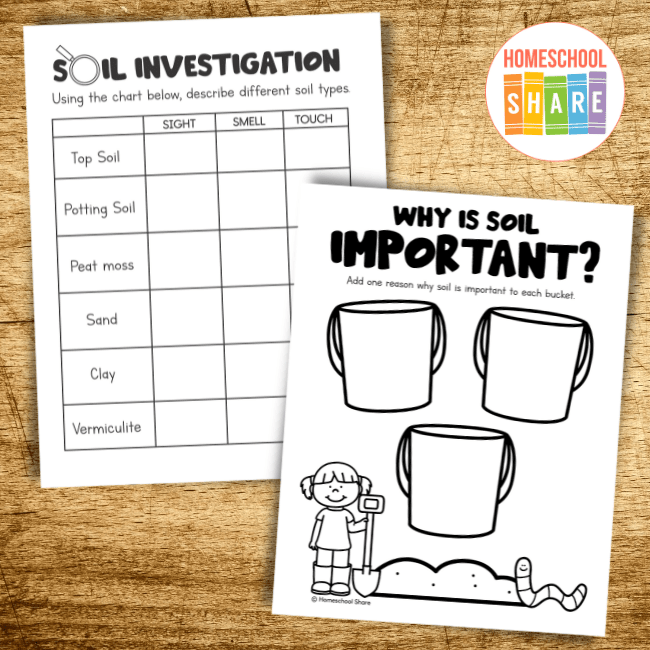
This unit includes some information (as noted above), but your student will need to research in order to complete the notebook pages. You can check out a variety of books about soil at your local library, or you can use reliable websites.
Books About Soil for Kids
- Dirt: The Scoop on Soil by Natalie Myra Rosinsky
- Jump Into Science: Dirt (National Geographic Kids)
- From Soil to Garden by Mari Schuh
Here are a few recommended websites for your soil research:
How to Get Started with the Soil Notebook Pages
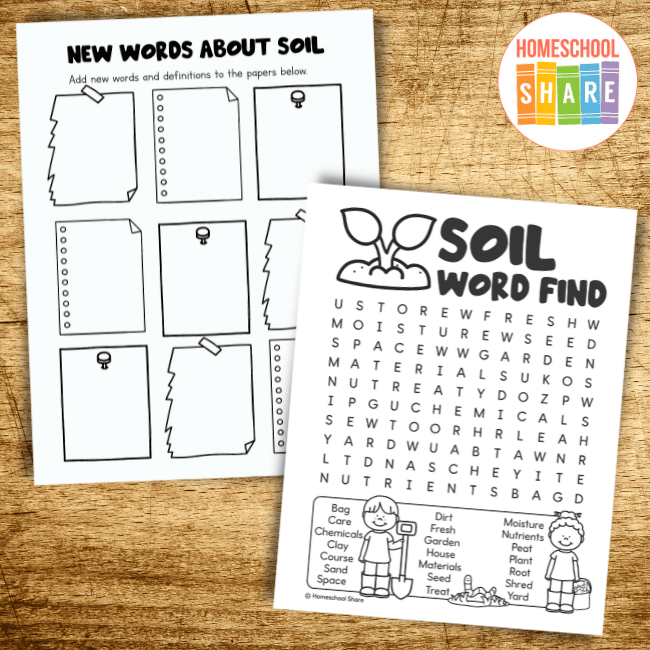
- Print the pages you think will interest your student.
- Grab some books from the library or show your student how to use reliable websites for research.
- Let your student complete the pages.
- Three-hole punch the pages and add them to a folder or binder to create a Soil Notebook, a portfolio your student will be proud to display and show off!
Grab Your Free Set of Soil Notebook Pages
Use the form below to subscribe to the newsletter and receive your set of Soil Notebook Pages.
Learn More About Plants
Soil is important for plants. Take some time to learn more about plants with these resources.

